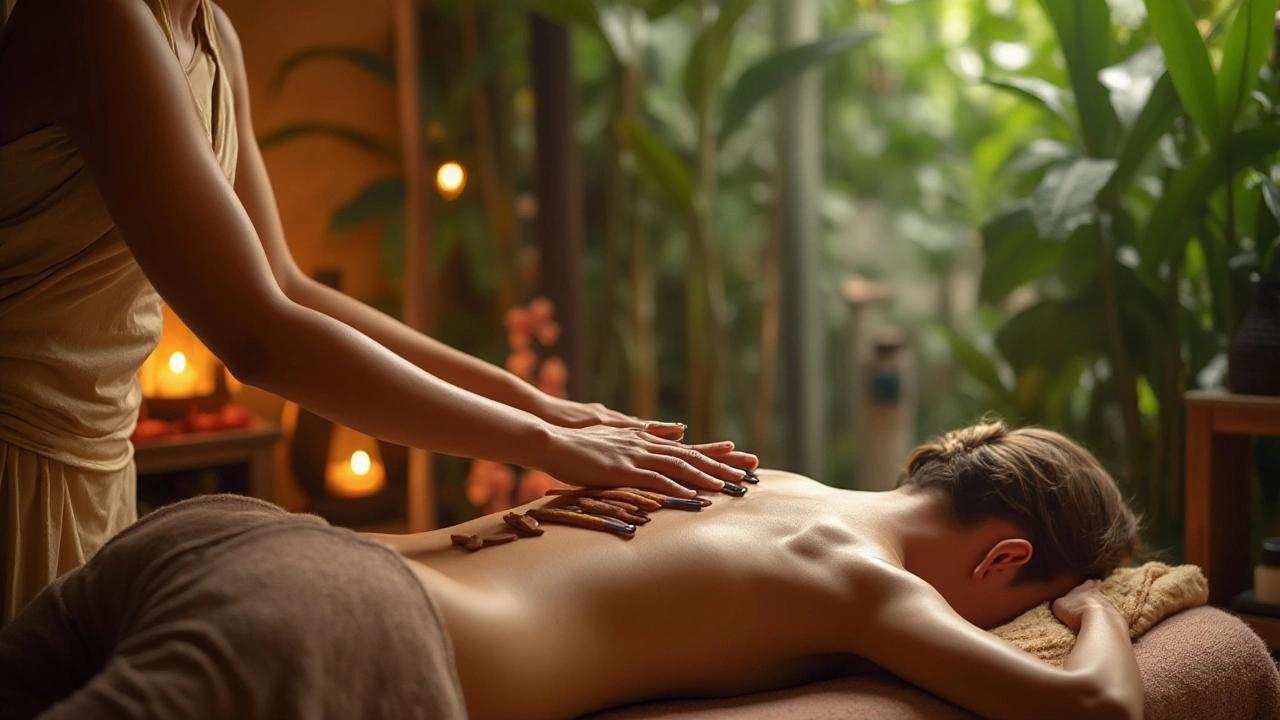Relaxation Therapy for Dogs: Calm Your Pup with Simple, Safe Steps
Is your dog anxious during storms, car rides, or vet visits? Relaxation therapy isn't fancy — it's a set of practical things you can do at home to lower your dog's stress and help them feel safer. Below you'll find clear signs of stress, quick calming tricks you can use right now, and simple massage moves that most dogs love.
Spot stress fast — know what to look for
Before trying any technique, check your dog’s signals. Look for panting, pacing, yawning, lip licking, tucked tail, pinned ears, raised hackles, or hiding. If a dog freezes, avoids eye contact, or shows teeth, stop and give space. These signs tell you whether to slow down, switch strategies, or call your vet or trainer.
If your dog wears a tracker, watch resting heart rate or activity spikes. Drops in activity and a steady heart rate often mean your dog is more relaxed. Use the data just to guide choices — not to replace professional advice.
Quick calming techniques you can use today
Create a small calm zone: a soft mat, low light, and a blanket. Play soft, steady music or white noise at low volume — many dogs respond well to steady rhythms. Keep a consistent cue like a low-word command (“settle”) so the dog learns what to expect.
Short, predictable routines help. Try a five-minute wind-down before bed: a quiet walk, then 5 minutes of gentle petting or massage on the mat. Predictability reduces anxiety more than one-off efforts.
Use scent carefully. Strong smells can upset dogs. If you try a diffuser, pick mild lavender blends made for pets and use it briefly in a large room. Ask your vet first — some essential oils are unsafe for dogs.
Try gentle pressure wraps for some dogs. A snug, non-restrictive jacket (Thundershirt-style) can help during storms or fireworks by giving steady, calming pressure. Watch your dog’s reaction; if they fuss, remove it.
Avoid punishment. Calmness builds with trust, not scolding. Reward relaxed behavior with quiet praise or a small treat.
Simple massage moves and safety tips
Start with the dog on a comfortable surface. Keep touch light and slow. Begin at the chest or shoulders with long, soft strokes in the direction of hair growth to help circulation. Use flat palms, not nails. Knead gently in small circles over the shoulders and base of neck — many dogs carry tension there.
Avoid pressing the spine or any painful spots. If your dog flinches, stop and check. For nervous dogs, short sessions (2–5 minutes) work better than long ones. Finish with slow petting and a calm cue so the dog links touch to relaxation.
If stress is severe or long-lasting, talk to your vet or a certified canine behaviorist. They can suggest training, medication, or targeted therapies. Relaxation therapy is a toolbox — used consistently, it helps dogs feel safer and happier.

Unlocking the Mental Health Benefits of Balinese Massage
Balinese massage, a holistic therapy taking roots in traditional Indonesian practices, offers more than physical relaxation; it is a powerful tool for mental well-being. This therapeutic technique combines gentle stretches, acupressure, reflexology, and aromatherapy to create a deeply calming experience. By reducing stress, alleviating anxiety, and enhancing mood, Balinese massage supports mental resilience and emotional healing. Discover the lasting mental health benefits that this exotic massage technique can provide.

Unwinding with Serpents: Explore Snake Massage for Ultimate Relaxation
Snake massage is an unconventional yet intriguing approach to wellness that has been gaining attention. This therapeutic practice uses non-venomous snakes to provide a unique form of massage that is said to help with muscle relaxation and stress relief. By exploring the adventurous path of snake massage, individuals can experience an alternative method to wellness that combines the thrill of close contact with nature and the therapeutic benefits of touch. The massage involves carefully supervised interactions with snakes of various sizes, each providing a distinct sensation and intensity of pressure.

The Link Between Health Anxiety and Mental Health
Nov, 28 2023

Polarity Therapy: Unlocking Natural Healing
Jun, 20 2025

The Wonders of Gua Sha: A Comprehensive Guide
Aug, 8 2023

